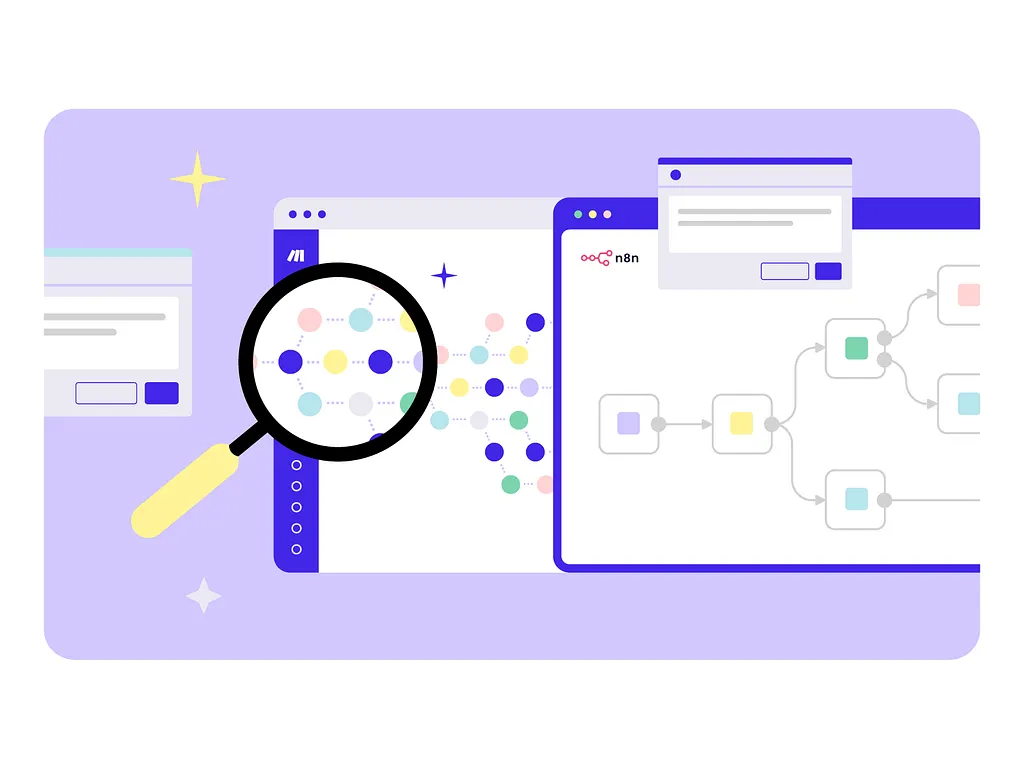The Automation Imperative in Financial Services
In today’s rapidly evolving financial landscape, firms face a challenging balancing act: deliver exceptional client service, maintain regulatory compliance, and improve operational efficiency—all while controlling costs. The financial services industry, traditionally reliant on manual processes, stands at a technological crossroads where automation represents not just an option but a necessity for competitive survival.
Financial advisors and planners typically spend 40% of their time on administrative tasks that generate no direct revenue. This administrative burden doesn’t just impact productivity—it directly affects client satisfaction, employee retention, and ultimately, profitability.
Key Financial Services Tasks Ripe for Automation
The financial planning and wealth management sector has numerous operational areas that can benefit from strategic automation:
- Client onboarding and documentation
- Know Your Customer (KYC) and Anti-Money Laundering (AML) verification
- Regular portfolio rebalancing
- Compliance monitoring and reporting
- Client communication and meeting scheduling
- Document generation (financial plans, investment policies)
- Reporting and performance analysis
- Tax harvesting opportunities identification
- Administrative data entry and maintenance
- Client billing and fee calculations
Integrated Workflow Automation: Transforming Operations
When these individual tasks are connected into automated workflows, the impact becomes exponentially more valuable:
Client Acquisition Workflow
- Automated lead nurturing → digital onboarding → automated KYC/AML → account setup → welcome package
- Outcome: 73% reduction in onboarding time, improved client experience, 92% completion rate vs. 64% with manual processes
Portfolio Management Workflow
- Automated monitoring → rebalancing alerts → trade recommendations → execution → client notification
- Outcome: 4x more frequent portfolio review, 30% reduction in drift, 2.3% average performance improvement through timely adjustments
Compliance and Reporting Workflow
- Automated data gathering → document verification → exception flagging → report generation → regulatory filing
- Outcome: 91% reduction in compliance violations, 80% less staff time on reporting, elimination of late filing penalties
Cost-Benefit Analysis: Automation vs. Traditional Staffing
To understand the financial impact, let’s compare the costs of a typical financial planning assistant with comprehensive automation solutions:
Traditional Financial Planning Assistant Costs:
- Average salary: $58,000/year
- Benefits (25%): $14,500/year
- Workspace and equipment: $12,000/year
- Training and development: $3,500/year
- Management overhead: $6,000/year
- Total annual cost: $94,000
Automation Solution Costs:
- Enterprise automation platform: $24,000/year
- Implementation and customization: $15,000 (one-time)
- Maintenance and support: $8,000/year
- Periodic upgrades: $5,000/year
- Total first-year cost: $52,000
- Subsequent annual cost: $37,000
Projected Savings Through Automation
For a mid-sized financial planning organization with 10 advisors and 5 support staff:
Weekly Savings:
- 15 hours saved per advisor through automation
- 25 hours saved per support staff
- Total weekly time savings: 275 hours
- Value of reclaimed time: $8,525/week
Monthly Savings:
- Time value: $34,100/month
- Error reduction: $5,200/month
- Compliance risk mitigation: $3,800/month
- Increased client capacity: $12,000/month
- Total monthly benefit: $55,100
Annual Impact:
- Direct cost savings: $285,000
- Revenue increase from capacity expansion: $144,000
- Risk and penalty avoidance: $108,000
- Total annual benefit: $537,000
- Net first-year ROI (after automation costs): 933%
- Subsequent years ROI: 1,351%
Beyond Cost Savings: Strategic Advantages
While the financial benefits are compelling, automation delivers advantages that transcend direct cost savings:
- Scalability: Automated systems can handle growth without proportional cost increases
- Consistency: Elimination of human variability in process execution
- Compliance assurance: Automated documentation and verification reduce regulatory exposure
- Client experience: Faster response times and fewer errors improve satisfaction
- Strategic focus: Advisors can dedicate more time to high-value client interactions
- Data insights: Automated systems generate valuable analytics for business intelligence
Implementation Roadmap for Success
Financial services firms can maximize automation benefits through a strategic approach:
- Process audit and documentation
- Prioritization of automation opportunities
- Technology selection aligned with requirements
- Phased implementation beginning with highest ROI processes
- Staff training and change management
- Continuous monitoring and optimization
Conclusion
For financial services firms, automation is no longer a luxury—it’s an operational imperative. The numbers tell a compelling story: firms that strategically implement automation can realize cost savings of over 60% compared to traditional staffing models while simultaneously improving service quality, reducing risk, and creating capacity for growth.
As client expectations evolve and competitive pressures intensify, forward-thinking financial service providers are leveraging automation not just as a cost-cutting measure, but as a strategic advantage that positions them for sustainable success in an increasingly digital financial ecosystem.
[embedpress]https://cueallus.com/revolutionizing-healthcare-how-automation-is-transforming-the-medical-industry/[/embedpress]


